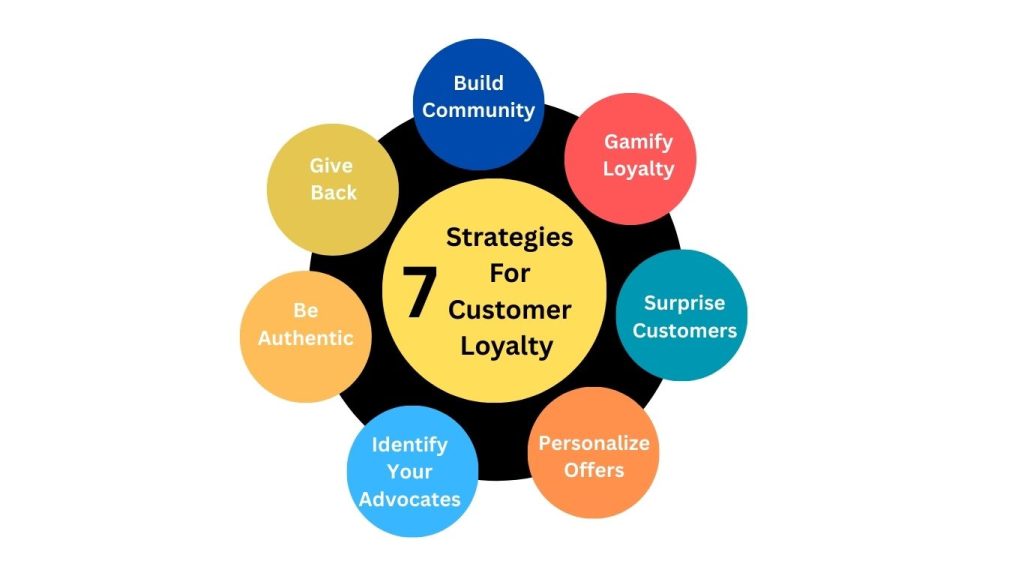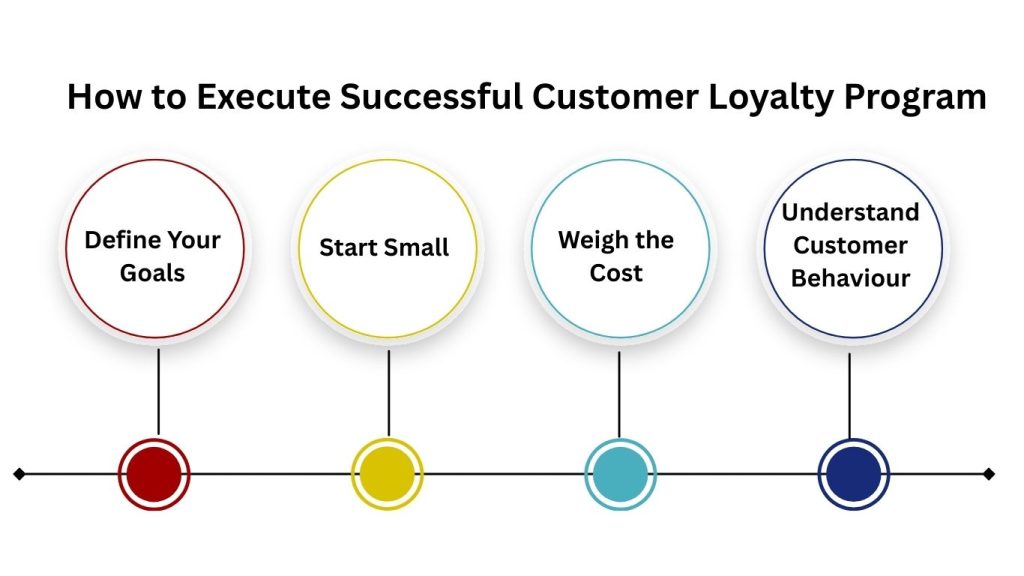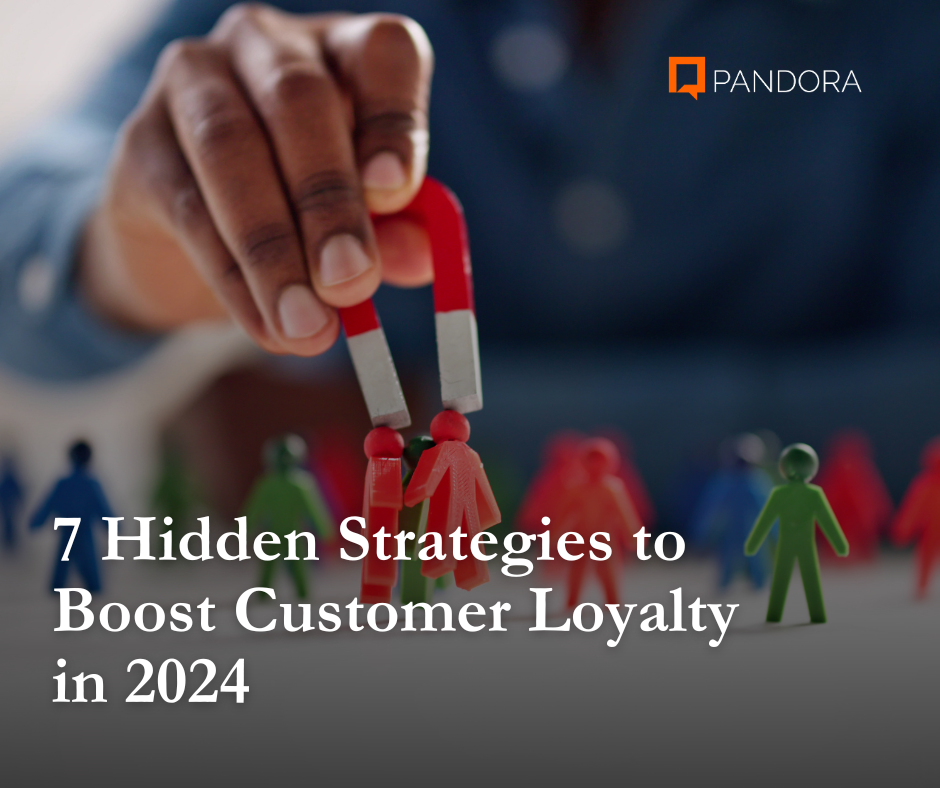The Apple brand is a great example of how customer loyalty works. Whenever the company launches a new product, hundreds of people queue in front of the tech firm’s stores worldwide.
They don’t mind how much the new device costs or whether other companies offer similar products; Apple customers are ready to display their loyalty to the brand. Loyal customers equal repeat business and more.
Having repeat customers is crucial to every business because they represent a more profitable and sustainable revenue stream. As a business, it costs less, and guess what? They can help promote your business through word-of-mouth.
Your existing clientele already knows you; they most likely trust you, and they are more inclined to make another purchase from you.
But that doesn’t mean they can’t slip away. Statistics show that 88% of consumers say it takes three or more purchases to become loyal customers.
With the competition, how do you prevent them from getting drawn in by the newest, flashiest product or brand before the third purchase?
Here are hidden strategies for customer loyalty growth to transform your existing customers into raving fans:
7 Strategies For Customer Loyalty Growth in 2025

1. Build a Community
Remember when the corner store owner knew everyone’s name and you felt like you belonged to a lovely neighborhood? But in today’s online shopping world, interactions with brands might feel impersonal.
That is where the necessity for community building arises. According to a study, 8 out of 10 buyers prefer to buy from a brand with a strong online community.
We always yearn for connection. Your brand community can fill that space and provide people with a sense of belonging. These days, it’s more important to create an environment where customers can communicate, exchange stories, and feel appreciated than it is to simply sell products.
How, then, do you develop a community? Here are a few ideas:
- Take Advantage of online forums
- Organize exclusive events, both online and offline
- Give early access to specials, promotions and behind-the-scenes looks
2. Gamify Your Loyalty Program
Remember the last time you got sucked into a mobile game, spending hours collecting resources and leveling up? Yeah, that’s the power of gamification at play.
And guess what? Research has shown that 80% of customers felt more engaged with a loyalty program incorporating gamification elements.
Here’s the deal: adding game mechanics to your loyalty program can transform point collecting from a chore into an exciting adventure.
Here’s how you can gamify your loyalty program:
- Award points for fun activities
- Use leaderboards
- Unlock badges and achievements
3. Surprise Your Customers
Let’s be honest; everyone loves a surprise! Especially when it comes to free stuff or unexpected treats. When it comes to customer loyalty, surprising and delighting your customers is a surefire way to turn them into raving fans.
Think about it: studies found that 83% of customers are more likely to do business with a brand again after a positive surprise experience.
A surprise doesn’t have to be a big deal. It’s all about exceeding your client’s expectations and demonstrating that you actually care.
Here are some ideas to help you get started:
- Offer a free upgrade, like a free express delivery
- Send a handwritten thank you note
- Give your most devoted consumers early access to new releases.
4. Use Predictive Personalization
Remember the strange feeling you get when you are swamped with advertising for something you casually mentioned to a friend? What about online recommendations that seem to have come directly from your mind?
In today’s data-driven environment, you can use customer information to predict their needs and wants before they ever realize it.
According to one study, a staggering 73% of customers prefer doing business with brands that use personal information to make their shopping experiences more relevant.
Predictive personalization is not about scaring your clients; it is about demonstrating that you understand them. It is about providing answers before they become problems and recommending things that people will enjoy.
So, how can you utilize the power of predictive personalization? Here are a few ways:
- Leverage purchase history
- Embrace the power of reviews
- Get smart with special days
5. Identify your brand advocates
Everyone knows how important word-of-mouth advertising is. A suggestion from a reliable friend carries far more weight than any polished marketing campaign.
This is the role of your brand advocates: those devoted customers who write raving reviews for you online, promote you widely and generally act as walking billboards for your company.
Here’s how you can show your appreciation for your brand advocates:
- Put them in the spotlight
- Create a customised expression of appreciation
- Special benefits and advantages
6. Be Authentic
Consumers today demand authenticity. They want to engage with businesses that are authentic, relatable, and even vulnerable.
According to Stackla’s survey, 86% of consumers value authenticity when determining which brands to support. Furthermore, 60% of consumers choose honest content over polished or perfect content.
Transparency is synonymous with vulnerability. By displaying your human side, you foster trust and deeper ties with your clients.
Being vulnerable doesn’t mean giving up all of your business’s secrets. It’s about accepting your imperfections. It’s about showcasing your accomplishments, taking responsibility for your errors, and even sharing behind-the-scenes photos and videos.
Are you prepared to let go of your corporate mask and accept vulnerability? If yes, check out these cool ideas that can help you become more authentic and connect with your clients on a deeper level:
- Show the Faces Behind the Brand
- Recognize Your Errors and Your Learning Process
- Be Sincere on Social Media.
7. Social Impact Partnership
Aligning with a social cause that your customers care about is an effective strategy to increase brand loyalty and have a positive impact on the world.
Studies show that customers are more likely to purchase from a brand that supports a good cause. Suddenly, doing good for the world may also benefit business!
Partnering with a charity helps you to appeal to your consumers’ desire to make a difference. It demonstrates that you care about more than just the bottom line and are devoted to having a positive social influence.
Here’s how to align to a social cause that your customers care about:
- Understand the subjects your customers are enthusiastic about.
- Choose a cause you also believe in.
- Get creative with your partnership.
Finally, you would need to plan and ensure the campaign or partnerships you embark on are well-managed. This is where you need good customer loyalty management.

What is Customer Loyalty Management?
Customer loyalty management is a strategic approach businesses use to grow and retain loyal customers. This includes using loyalty programs, incentives, and relationship-building tactics to encourage repeat patronage and recommendations.
Customer loyalty management is essentially about making customers want to stick around and even tell their friends, much like consistently doing things that make you the favourite relative.
The focus is on retaining existing customers. However, understanding customer behaviour is the foundation of successful customer loyalty management.
Understanding customer behaviours helps you tailor programs, incentives, and products that meet customer needs. This improves customer satisfaction and ultimately drives sales and loyalty.
Tips for Successful Customer Loyalty Program

Define Your Goals
Your goals are the GPS for your loyalty program. You need to punch in the destination before you start moving. In other words, clearly decide what you want to achieve before you even start your loyalty program.
For instance, your goal might be to generate 50% of your sales from repeat business in the first three months. Setting such goals will help you measure performance and make improvements over time.
Start Small
You don’t want to overwhelm your business and customers with a complex program. Instead, you can have customers or members earn a point for each purchase. Over time, you can test out more creative strategies. This leads us to the next tip.
Weigh the Cost
You cannot afford to run into liabilities due to a program’s operational costs. Poorly designed programs incentivise consumers in the wrong way, lowering your profits.
For example, if you have some products that people will always buy, such products should not be used for loyalties. Otherwise, you’re just losing your profit.
Understand Customer Behaviour
If you have limited insights about your individual customer behaviour, you won’t be able to offer personalized offerings.
You need to first identify the behaviour you want to incentivise—is it more transactions, repeat trips, or cross-shopping?
Then, analyse valuable data about your customers, such as spending habits, frequency of visits, and types of products purchased. Isolate them where they belong and create an incentive that addresses their behaviour and your objective.
Successful Examples of Customer Loyalty Programs
Amazon Prime
For a monthly or yearly subscription plan, Amazon Prime offers free shipping, access to streaming services, and exclusive deals that retain and attract millions of subscribers.
This has been an incredible success for Amazon. In 2024, Prime members spent $1,170 per year at Amazon.com, compared to $570 per year for non-Prime customers.
Sephora
Sephora rewards customers with points for purchases, which can be redeemed for products, samples, and exclusive events. The beauty brand also offers customers access to exclusive experiences.
The result? Sephora currently has a global presence with over 2,700 stores in 35 countries and a highly engaged community of hundreds of millions of beauty followers.
Nike
Nike also has a membership program which offers exclusive access to products, events, and personalised experiences. Nike currently has a very strong financial record, generating over 50 billion U.S. dollars in revenue during its latest two financial years.
IKEA
IKEA’s loyalty incentives go to members and include exclusive discounts, perks, and access to products, events, and personalized experiences. In 2024, roughly 900 million customers visited IKEA stores.
Moving on, what if you’re not a business as big as Amazon, Sephora, or Nike? How do you implement a loyalty program that won’t drain your pocket?
Or still, how do you maintain a customer base that is loyal to your brand? The answer is simply to know the most direct cause of customer loyalty.
What is the Most Direct Cause of Customer Loyalty?
The most direct cause of customer loyalty is a positive customer experience, encompassing factors like exceptional service, quality products, and building emotional connections with the brand.
Here’s a breakdown of the above points:
Exceptional Customer Experience:
We all love fast, responsive, and accessible customer support, convenient interactions across various channels, personalization, and authenticity. Any brand that delivers on the above points is bound to win customers’ hearts!
Quality Products and Services:
Customers stick with businesses that consistently deliver high-quality products and services that meet or exceed their expectations.
Building Emotional Connections:
How do you feel when your favourite bakery shop remembers your usual orders and greets you by name? Emotional connection creates a sense of belonging and fosters a relationship that can lead to stronger loyalty.
Value and Satisfaction:
Customers are more likely to be loyal if they feel they are getting good value for their money and are satisfied with their interactions with the brand.
Trust and Credibility:
Transparency and consistent delivery on promises are essential for building trust and credibility, which are vital for long-term customer loyalty.
If you have a mechanic who shows you the faulty parts removed from your car and clearly explains the repair process and costs before proceeding, would you ever want to switch mechanics? I guess not!
Personalization and Customization:
Tailoring experiences to individual customer preferences can make them feel valued and increase their loyalty.
Rewards and Loyalty Programs:
Of course, offering rewards and perks for repeat business can incentivize customers to stay loyal.
Effective Communication and Feedback:
Finally, customers love a business that values their opinions. Listening to customer feedback and responding promptly to concerns can demonstrate that you value your customers.
Final Take
So, there you have it! Seven hidden strategies for consumer loyalty growth and tips for customer loyalty management.
These techniques and tips go above and beyond the typical points and rewards programs, from fostering a vibrant community to surprising and delighting customers. Remember, it’s all about giving your consumers a great and memorable experience that makes them feel valued and appreciated.
By following these strategies and tips, you will change your clients from satisfied customers into committed brand advocates, the type who rave about you to anybody who will listen.
Still can’t figure out how to boost your customer loyalty, message us and we’ll help you set things in the right direction.
Got something to say? Let’s hear them in the comments below. Feel free to share this article with friends and colleagues who would love to grow their businesses.






Leave a Reply